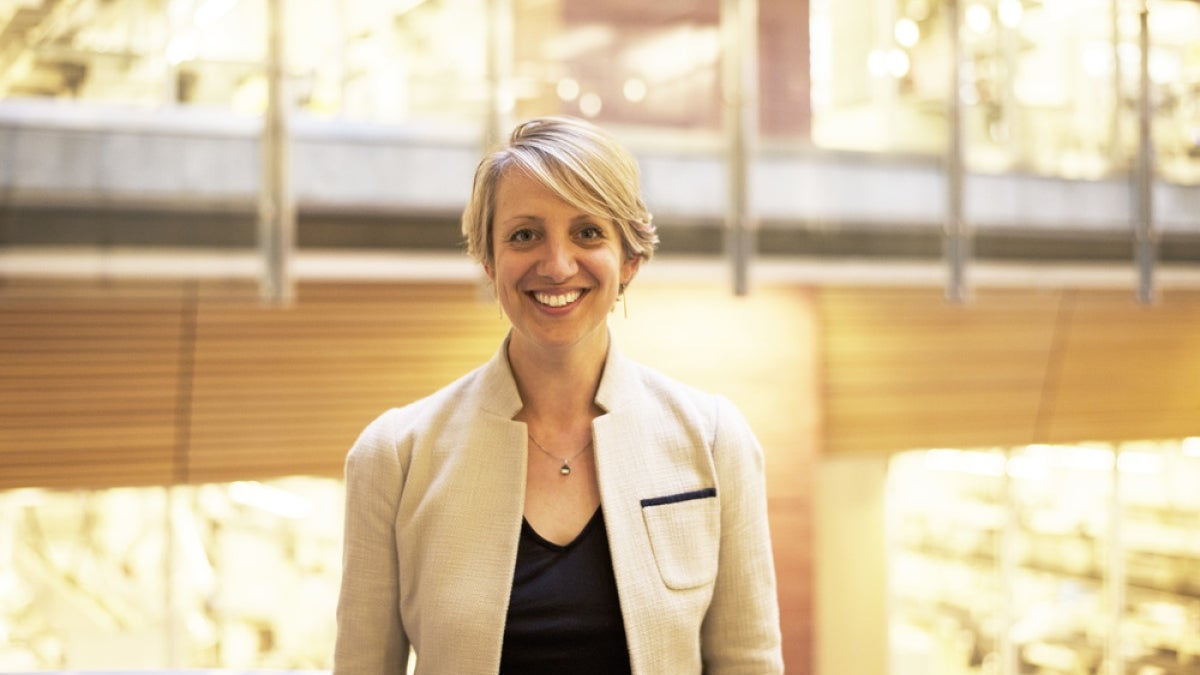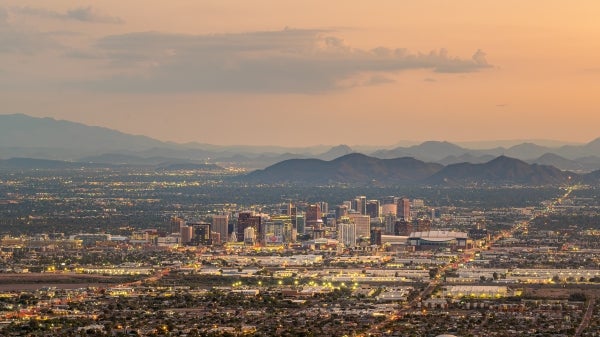Yellowstone supervolcano talk kicks off 2016 New Discoveries Lecture Series

ASU geologist and assistant professor Christy Till. Photo credit: Abigail Weibel
A talk on the Yellowstone supervolcano by Christy Till, a geologist and assistant professor with Arizona State University’s School of Earth and Space Exploration (SESE), will kick off the Spring 2016 New Discoveries Lecture Series. Till’s talk, “When Will the Yellowstone Supervolcano Erupt Again?” is at 7:30 p.m., Jan 21 in the ISTB4 building on the Tempe campus.
Till will explore the history of the Yellowstone supervolcano, the new tools scientists use to uncover events leading to past eruptions, how much magma resides below the volcano today and its likely future behavior.
“Thousands of years ago, the continental U.S. was blanketed by a layer of ash from the eruption of a supervolcano that now lies dormant beneath Yellowstone National Park. A logical question is, when will it erupt again?” Till said
The SESE New Discoveries Lecture Series brings exciting scientific work to the general public in a series of informative evening lectures, which are free and open to the public and each given by a member of the SESE faculty once a month throughout the spring.
Additional lectures in this spring series will be presented on Feb. 18, by Laurence Garvie, research professor and curator for the Center for Meteorite Studies; on March 17, by Hilairy Hartnett, associate professor and biochemist; and on April 28 by Ariel Anbar, President’s Professor and astrobiologist.
Lectures begin at 7:30 p.m. at the Marston Exploration Theater, located on the first floor of ASU's Interdisciplinary Science and Technology Building 4 (ISTB4) on the Tempe campus. RSVP to reserve a seat. Parking is available at the Rural Road parking structure just east of ISTB 4.
More Science and technology

New study finds the American dream is dying in big cities
Cities have long been celebrated as places of economic growth and social mobility, but new research suggests that their role in…

Ancient sea creatures offer fresh insights into cancer
Sponges are among the oldest animals on Earth, dating back at least 600 million years. Comprising thousands of species, some with…

When is a tomato more than a tomato? Crow guides class to a wider view of technology
How is a tomato a type of technology?Arizona State University President Michael Crow stood in front of a classroom full of…